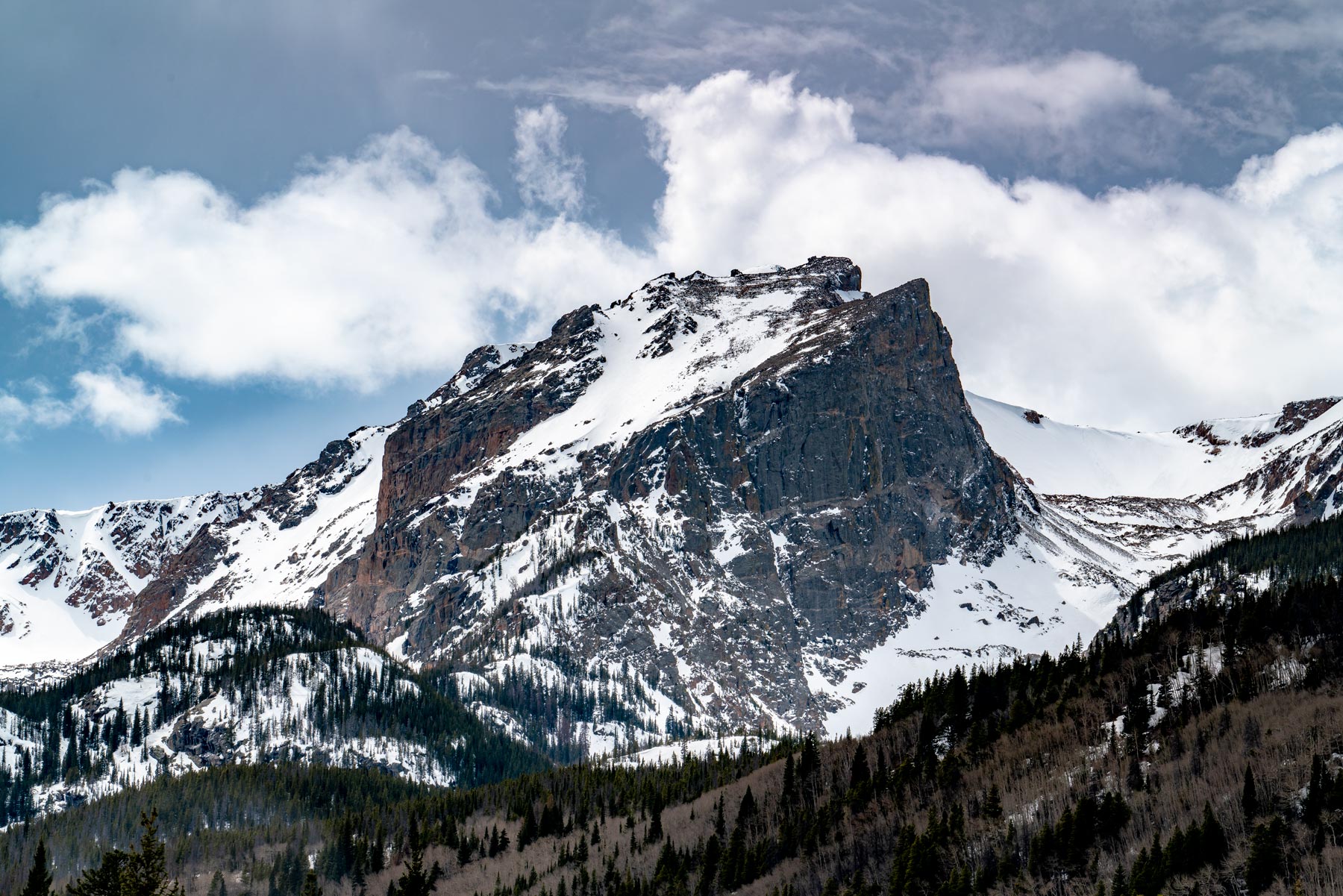
Rocky Mountain National Park was one of those parks that had been high on my bucket list forever but I never seemed to get around to scheduling a trip specifically for it. Could it possibly live up to all that hype?
Were there really that many elk and would I actually get a chance to see them during my visit? What about bighorn sheep, marmots, or moose?
Let me tell me you, Rocky Mountain National Park lives up to the hype. There is a caveat however. Nowadays visiting the park and having the best possible time requires some extra planning.
Not to fear, it can be done and it’s still worth the visit. I’ve been to the park in every season and it is spectacular.
Ready to dive in? Let’s go!
About Our Travels to Rocky Mountain National Park
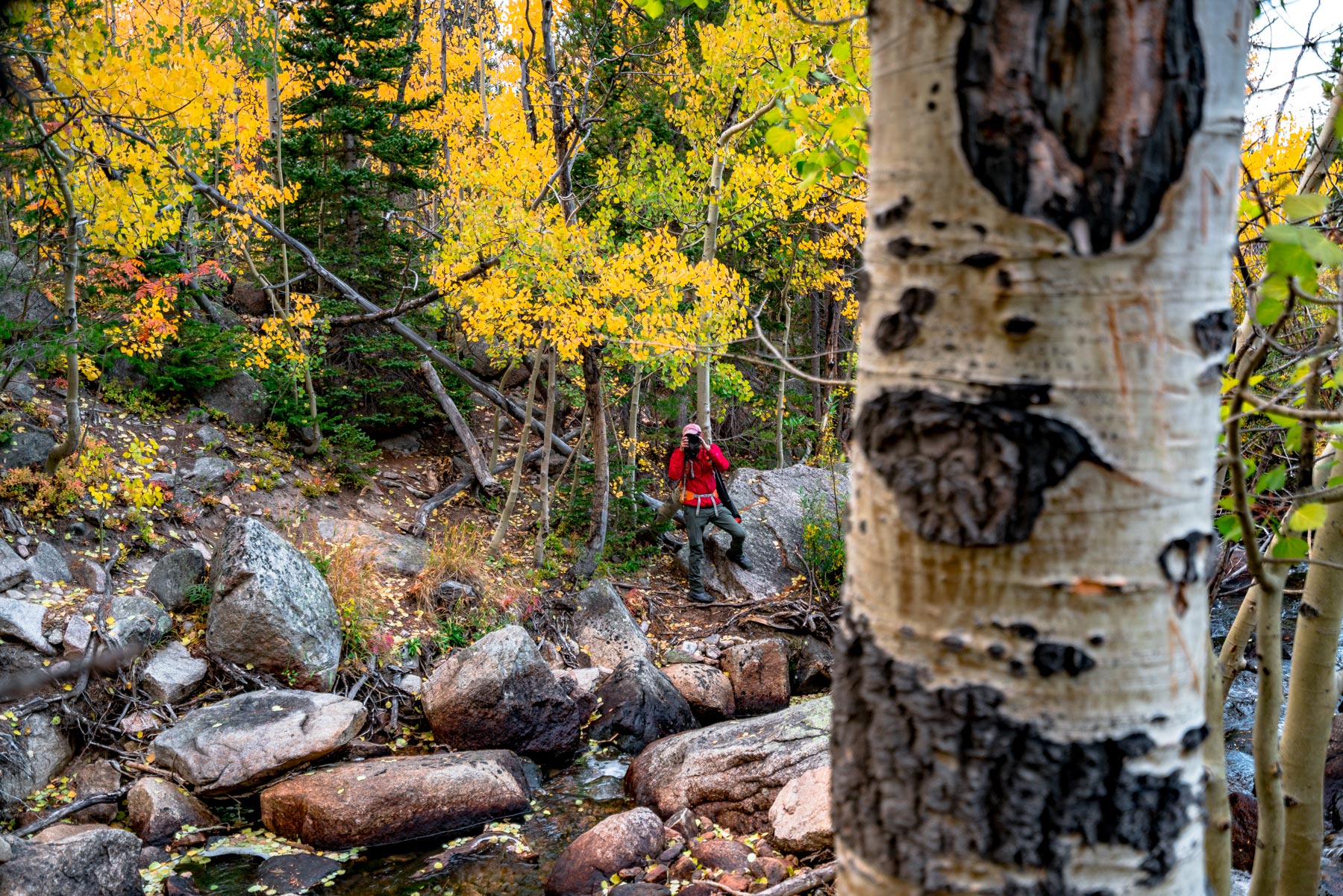
My brother Jim and I first traveled to Rocky Mountain National Park back in 2016 to capture the most beautiful parts of the park during all four seasons.
It was an incredible experience and inspired me to go back many times since. All in all I’ve probably spent close to 100 days in the park and hiked most of the trails.
Rocky Mountain National Park Guide

About Rocky Mountain
Situated in the heart of Colorado’s Front Range, Rocky Mountain National Park spans more than 400 square miles of jaw-dropping mountain beauty. Alpine lakes, panoramic vistas, abundant wildlife, and vast forests comprise this high-elevation wonderland. Rocky Mountain embodies every aspect of “epic”.
This park is great for folks of all levels of enthusiasts, from the casual vehicle visitor to the adventure junkie, Rocky Mountain is a place that everyone should experience.
RELATED: These 4 Colorado National Parks Will Blow Your Mind (Helpful Guide)
Things to Know Before You Visit
Entrance Fees: You can expect $20-$30 per vehicle but we suggest you go ahead and purchase the America the Beautiful Pass (which can be found at the entrance gates to most national parks or online here). This pass gets you into all National Parks, Forests, Monuments, and more including 2,000 sites for free after a one time $79 fee.
Sunscreen: For many of us visiting national parks in the summer means lots of sun. Seriously, some of these parks can zap you if you don’t wear sunscreen. We happen to like this one because it works AND it’s not full of a bunch of chemicals.
Leave No Trace: We’re big fans of Leave No Trace, here at MTJP. Want to learn more? Read about the seven principals of Leave No Trace here.
Insect Repellent: You hope not to need it, but you want to have it. We typically bring an Eco-Friendly Insect Repellent with us just in case.
Dogs are not allowed on trails in most national parks due to their potentially disruptive presence with the natural ecosystem. The basic rule is they are allowed where cars can go so be sure to check the rules before bringing along your furry friend.
Details About Rocky Mountain National Park
Location: Estes Park, Colorado
Established: January 26, 1915
Size: 265,461 acres
Native Land: Arapaho, Ute, Comanche, Cheyenne
Visitors: 3,305,199 (2020)
Entrance Fees: $30 per vehicle; $55 annual pass (or $80 for America the Beautiful Pass)
*NOTE: There is a reservation-only system currently in place at Rocky Mountain National Park (learn more below)
History of Rocky Mountain National Park
The area now known as Rocky Mountain National Park was previously a long-time hunting, foraging, and camping area of many Native American tribes. Of these most prominently were the Utes & Arapahos.
In the 1800s the Native Americans were displaced by settlers moving into the region from the east. By 1878 all had been removed either “voluntarily” or forcibly to reservations.
What followed next was a brief period of a regional gold rush which boomed and busted. Eventually recreation took root in the area resulting in a series lodges being constructed during the roaring 20s.
The park was signed into law by President Woodrow Wilson on January 26, 1915.
Rocky Mountain National Park Map
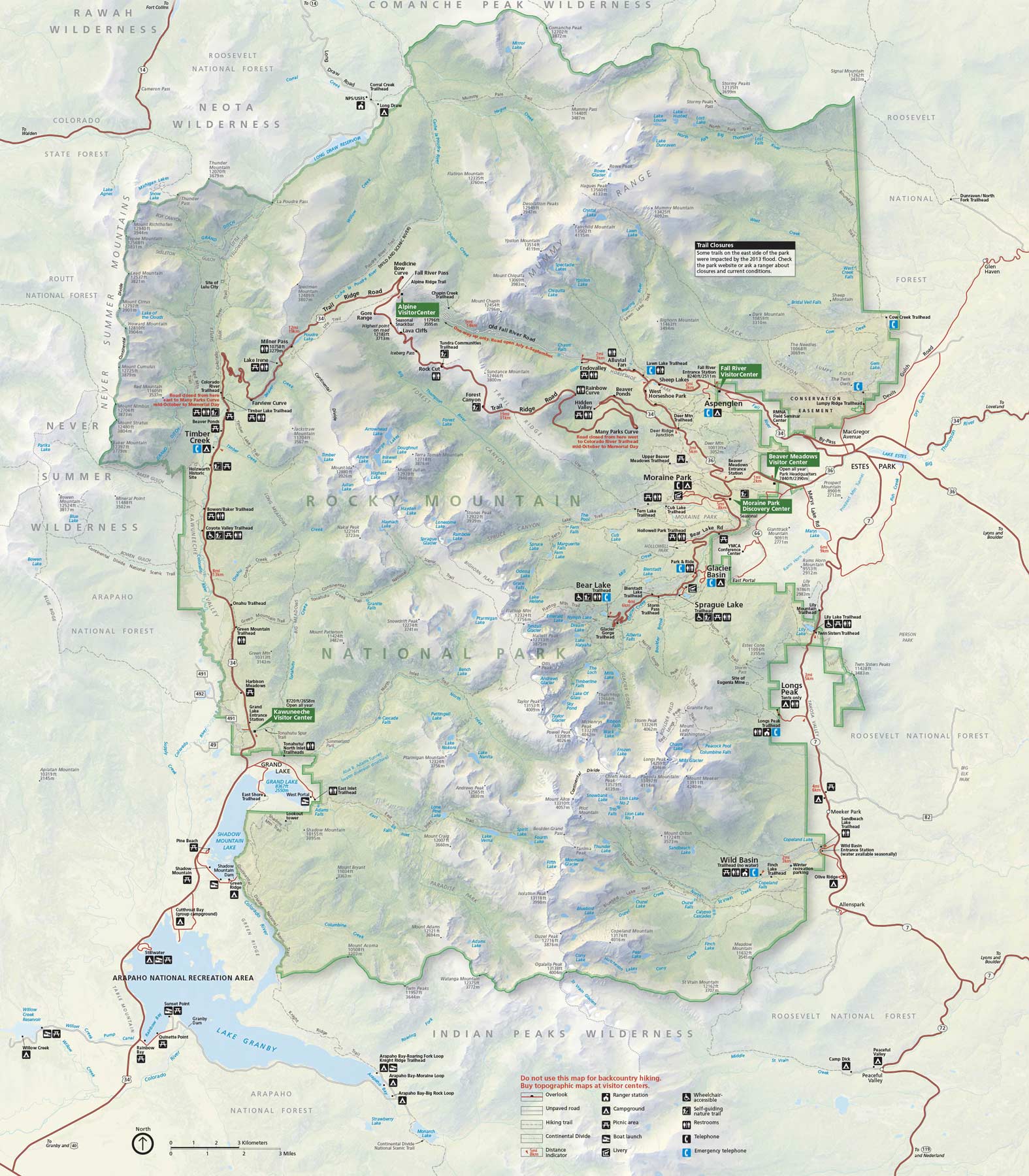
Where is Rocky Mountain National Park?
Rocky Mountain National Park is located in the southern section of the Rocky Mountain range in northern Colorado.
The park is about 70 miles northwest of Denver (which is a pretty cool town), 1 hour 30 mins driving. Rocky Mountain shares a border with the Araphao & Roosevelt National Forests.
Getting to the Park – Directions & Location
There are a few ways to access the park from different directions.
Closest Airport: DEN – Denver International Airport (81 miles from the Fall River / Estes Park Entrance)
The fastest way to get to Rocky Mountain National Park is flying into Denver International Airport and driving to the park. Flights into Denver are typically among the most affordable in the country as several major airlines use the airport as key hubs.
Driving from Denver
Getting to the park from Denver is pretty straightforward. I recommend renting a car from the airport (sadly no other great ways to get to the park, yet) and driving to Estes Park (roughly 80 miles from the airport). The drive takes about an hour and a half on a day without traffic.
Driving from the West
If you are driving from the west you’ll go through the Grand Lake Entrance to get to the park and get totally different views from most folks who enter from the east. The Drive from the Grand Lake Entrance to the Fall River Entrance in Estes Park takes about 90 minutes with no stops.
NOTE: This route is closed during winters and not passable. The only way to access the main areas in the park during winter is through the Fall River Entrance.
Rocky Mountain Reservation System
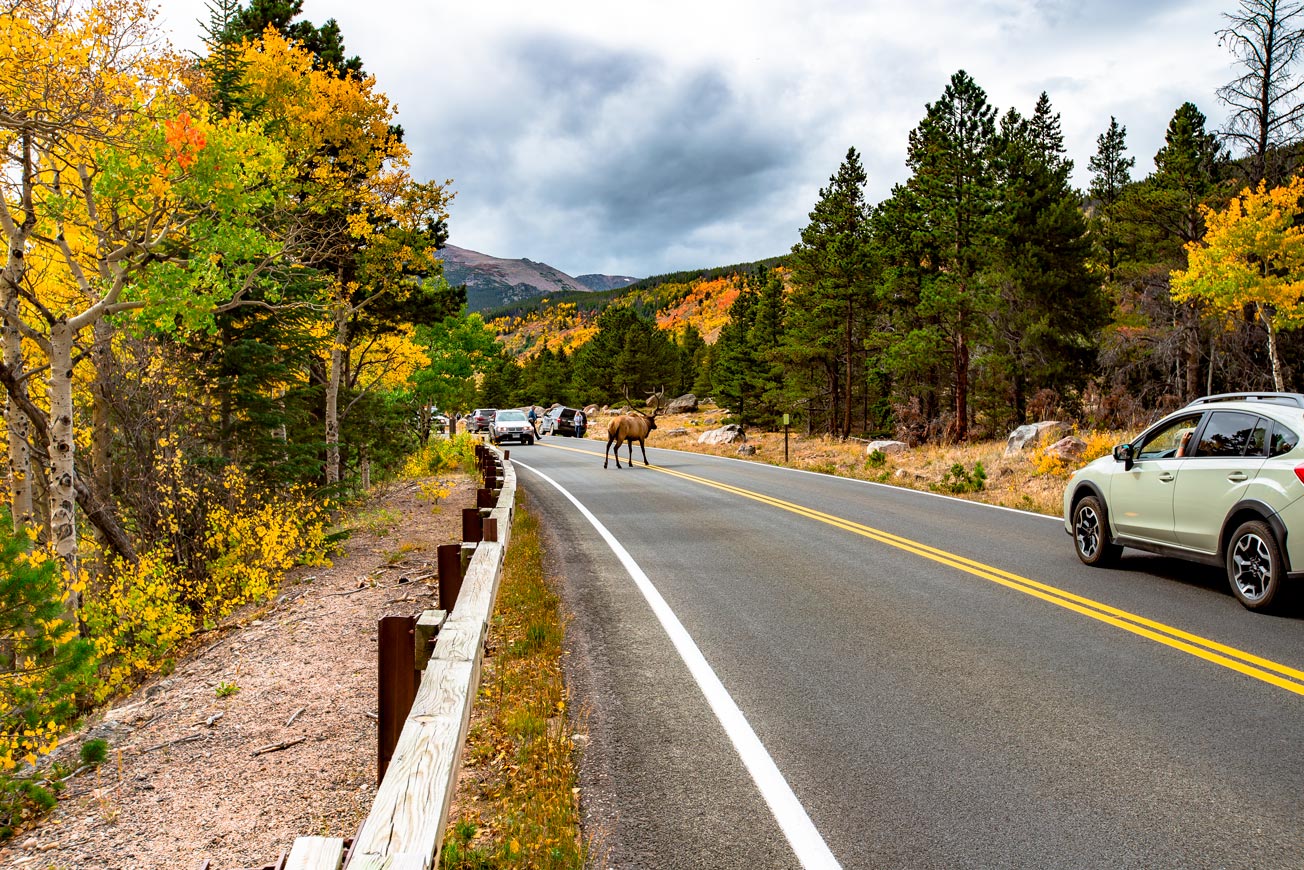
Due to surging demand Rocky Mountain National Park has instituted a timed-entry system.
What this means for you: Visitors trying to access the park between May 28 – October 11 must:
- Obtain a Timed Entry Ticket (follow the link to do so)
- Pay the entry fee for the park (all regular passes are accepted in lieu of payment)
If you plan to visit during a time between October 12 – May 27, these rules does not apply to you and you may enter the park at your leisure.
Bear Lake Road Permit (yep, another permit required)
When you go to the reservation system to obtain your Timed Entry Ticket you will be given two types of permits to choose from (if they’re available).
Option 1 is called Park Access with Bear Lake Road. This permit gives you the ability to access the very popular Bear Lake Road + the rest of the park. Bear Lake Road is the gateway to attractions like Sprague Lake, Storm Pass, Bierdstat Lake, Bear Lake, Dream Lake, Emerald Lake, and more.
Option 2 is called Park Access, No Bear Lake Road which, as it says in the name, includes access to everything in the park except for the Bear Lake Road corridor.
For more information on the system you can check out the NPS Timed Entry page.
Rocky Mountain National Park Shuttle System
Hooray! Rocky Mountain is one of the all too few national parks that offers an alternative transportation system. However, the shuttle is currently only doing park and ride along the Bear Lake Corridor and not from the Estes Park visitor Center.
Here’s a current route map:
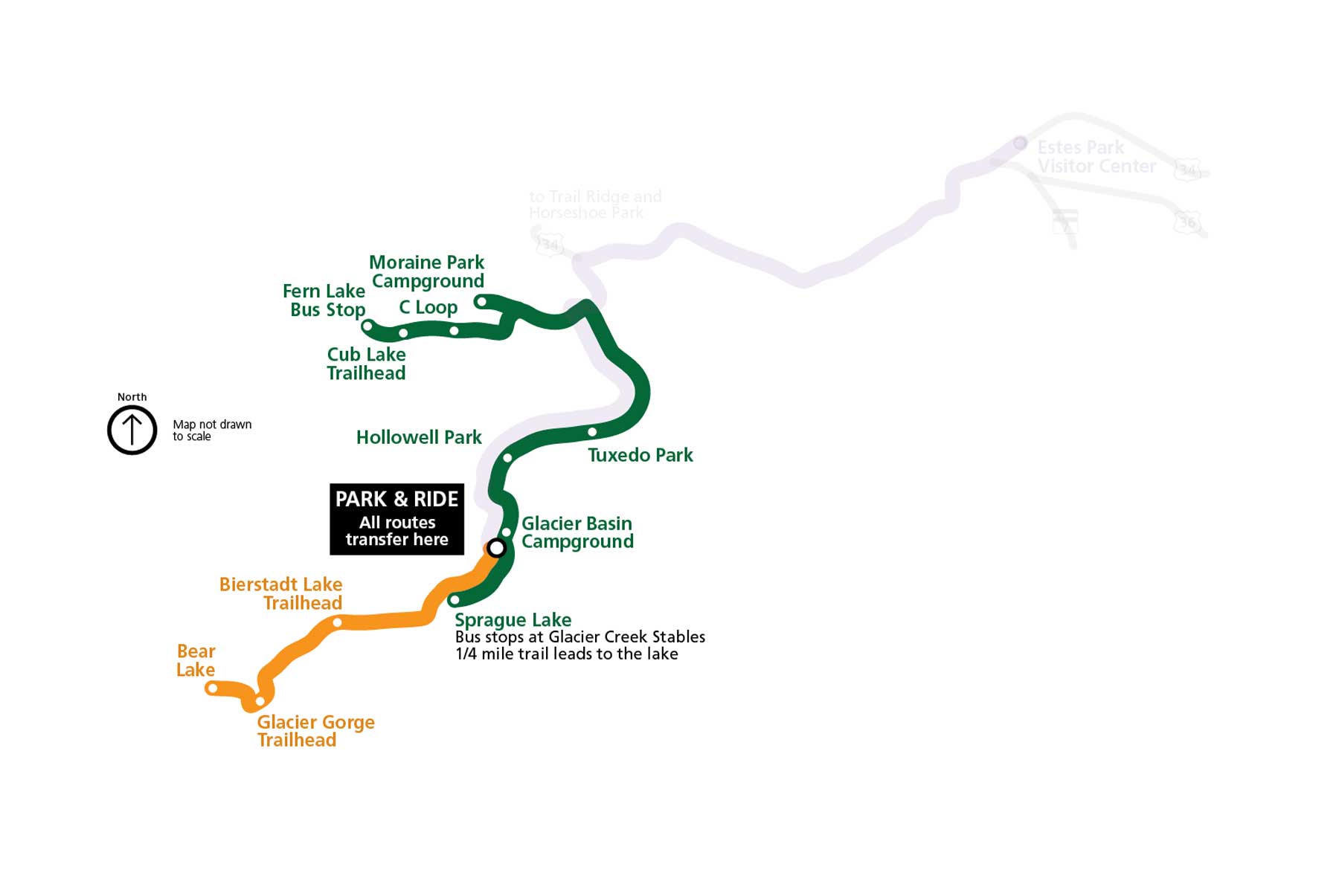
For more information on the Rocky Mountain shuttle system check out the NPS shuttle page.
Rocky Mountain Video
Synopsis
ROCKY MOUNTAIN 8K is the culmination of several years spent filming in the rugged mountains of Colorado. Situated in the heart of Colorado’s Front Range, Rocky Mountain National Park spans more than 400 square miles of jaw-dropping mountain beauty. Journey with us as we experience all four seasons of life high in the wild heartland of the continental divide.
Rocky Mountain was the first film we chose to shoot in all four seasons because of the amazing change that takes place throughout the park during that time. Our primary focus was the fall season due to the spectacular fall colors but also the elk rutting season which is incredible to witness.
RELATED: 14 BREATHTAKING National Park Videos to Inspire Your Next Trip
Rocky Mountain Seasons & Weather
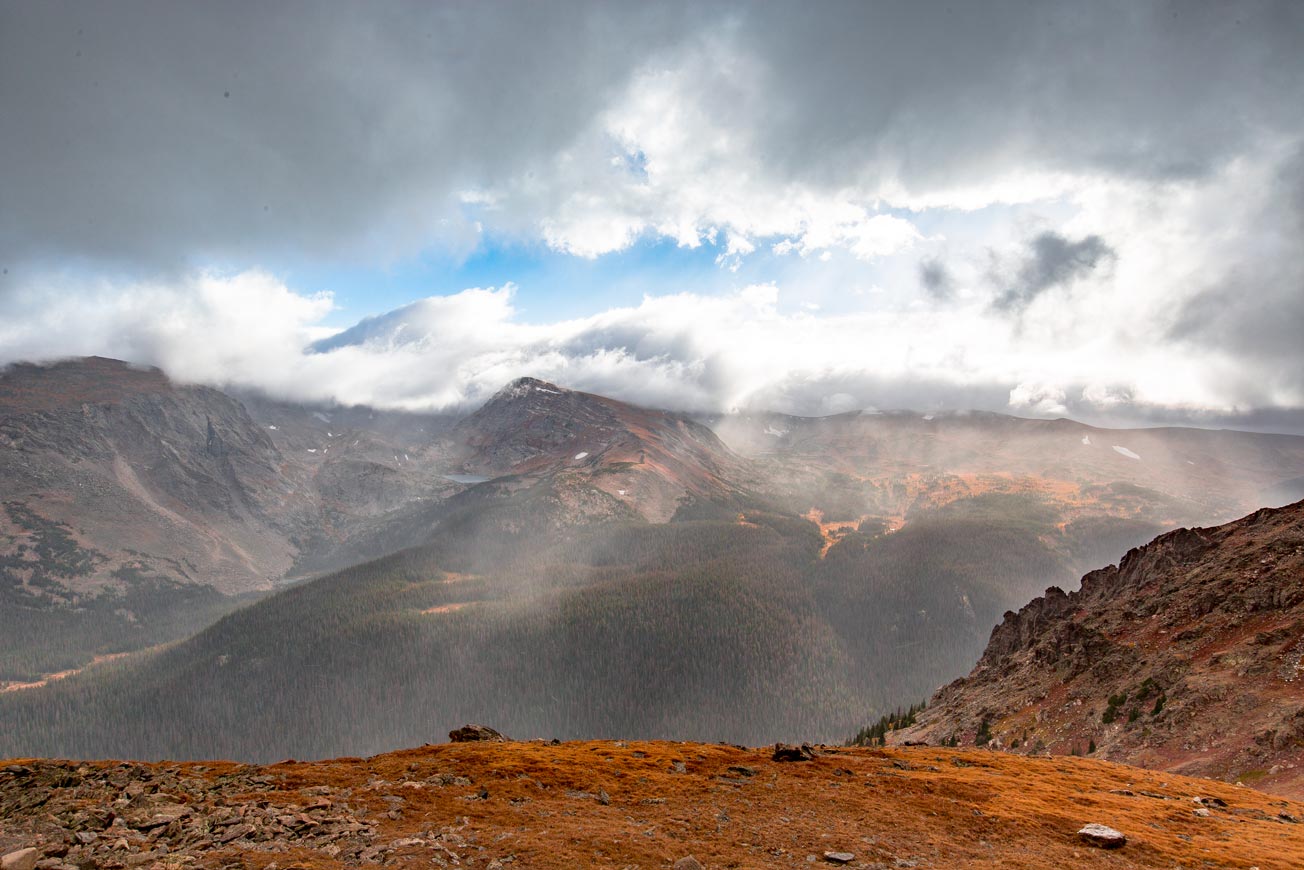
Rocky Mountain National Park has 4 very pronounced seasons. Here you will find a wet and green spring, a sunny and flower-filled summer, a spectacular fall with incredible foliage, and a harsh winter full of snow. It’s a good idea to bring layers to Rocky Mountain as conditions can change quickly along with elevation.
Best Time to Visit Rocky Mountain
The best time to visit Rocky Mountain National Park is during the fall when temperatures are mild, crowds are diminished, and the foliage is on fall display.
As someone who has spent considerable time in the park in each of the four seasons, I absolutely love fall and would recommend it to anyone. The autumn foliage in Rocky Mountain is kaleidoscopic. I especially love it when the snow dusts the peaks and the trees are still vibrant with color.
Rocky Mountain National Park Seasons
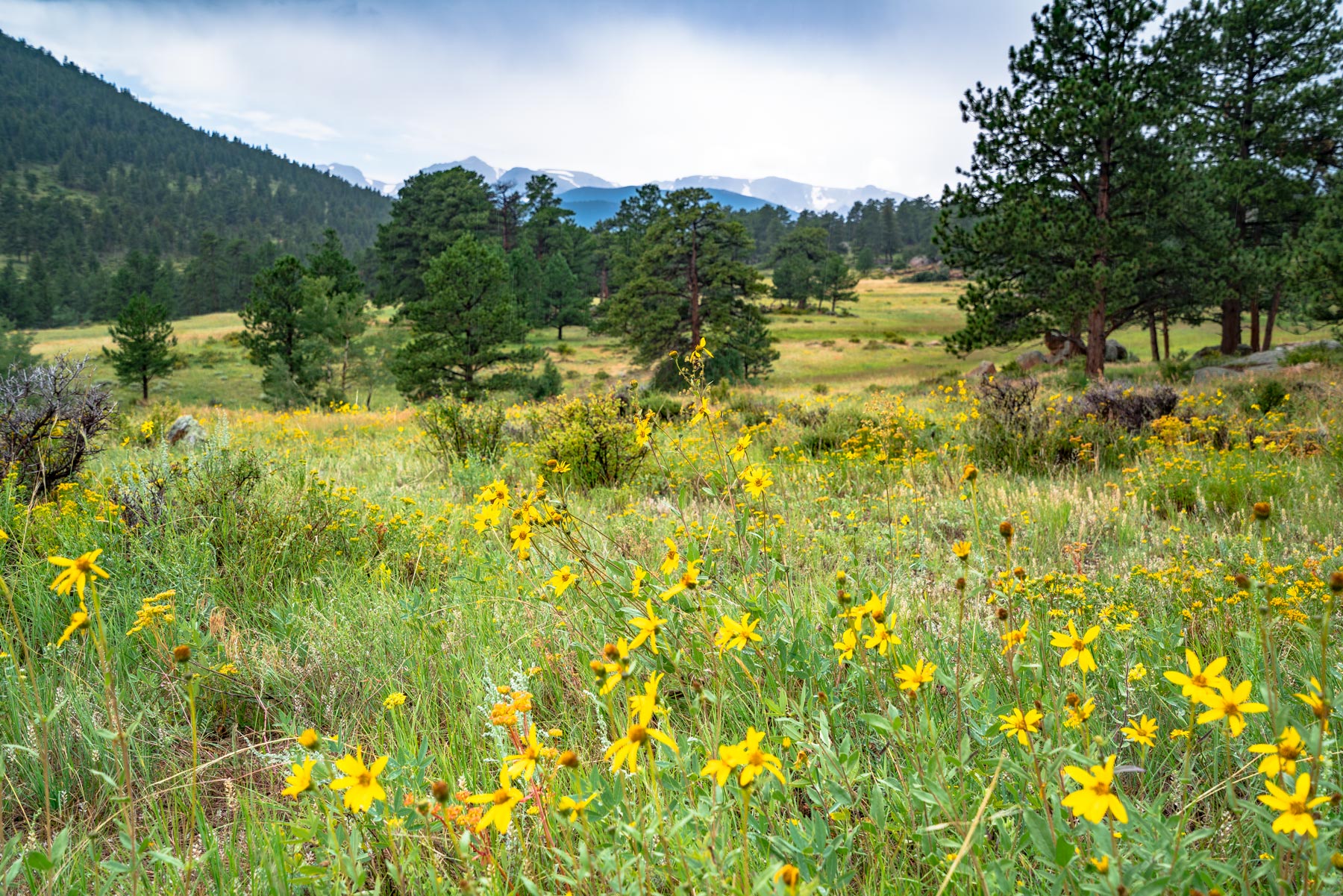
Spring in Rocky Mountain National Park
Spring can be a great time to visit Rocky Mountain as crowds are lesser and temperatures are mild. The park sees some flowers bloom in the lower elevations of the park during Spring. Keep in mind, many trails, especially at higher elevations will be snow-laden during Spring due to snow.
Bear Lake will still be frozen until June at the earliest as will most of the lakes on the Bear Lake corridor.
Prior to May 28th no prior reservations are required to visit the park which means no need to worry about extra planning.
Summer in Rocky Mountain National Park
Summer is a great time to visit the park as temperatures are great and the park trails are melted out. However, with Summer comes crowds, big crowds. In July of 2019 the park saw nearly 1 million visitors!
Also it should be noted that during summer comes the park’s timed-entry system which requires more planning.
Fall in Rocky Mountain National Park
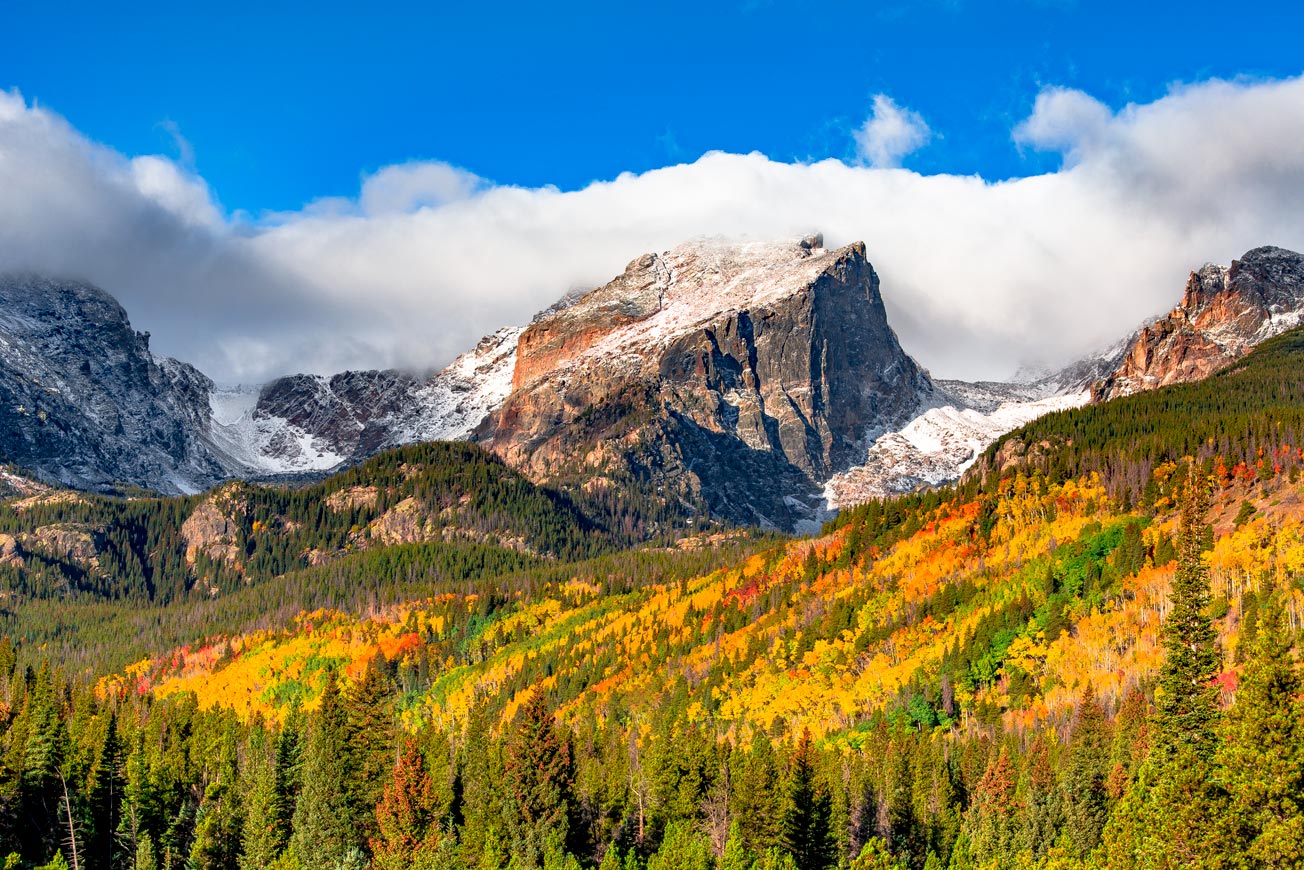
Fall is the best time of year to visit Rocky Mountain as crowds have largely left the park and the foliage is breathtaking. During the fall the park is enchanted with the sounds of elk rutting seasons. Each night if you listen closely you can hear the odd bugling calls of these massive creatures.
After October 11th the timed-entry system is discontinued for the year which means no need to worry about reservations until the Spring.
Winter in Rocky Mountain National Park
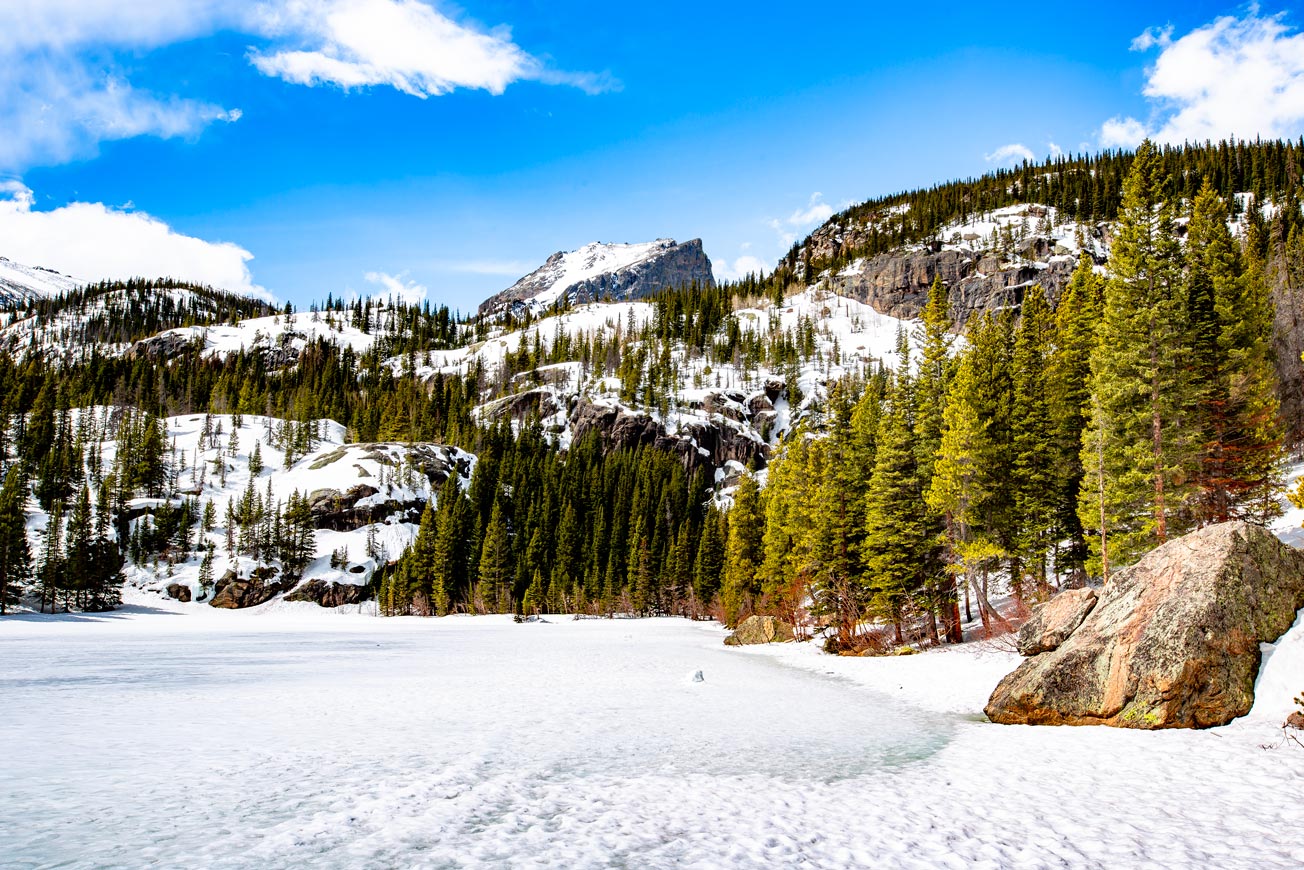
Winter in Rocky Mountain is breathtaking with massive amounts of snowfall completely transforming the park into a veritable wonderland. Access is somewhat limited with Trail Ridge Road closed for the season but Bear Lake Road is usually plowed allowing for some epic snowshoeing adventures.
The timed-entry system is discontinued during the winter which means no need to worry about reservations until the Spring.
Best Things to Do in Rocky Mountain National Park

1. Hike to Emerald Lake
The Emerald Lake Trail is one of the most popular and most beautiful in Rocky Mountain. It was a personal favorite for me, especially in the Fall.
The trail starts from the Bear Lake parking lot and winds its way around the left side of Bear Lake. Along the way to Emerald Lake, hikers are treated to views of Dream Lake and Tyndall Creek.
Length: 3.2 miles round trip
Elevation Gain: 700 feet
Time: 2-3 hours
NOTE: During the winter and most of spring, this trail is completely buried under feet of snow. Pack snowshoes if you are visiting during those times.
RELATED: 18+ EPIC Hikes in ROCKY MOUNTAIN NATIONAL PARK (+ Photos)
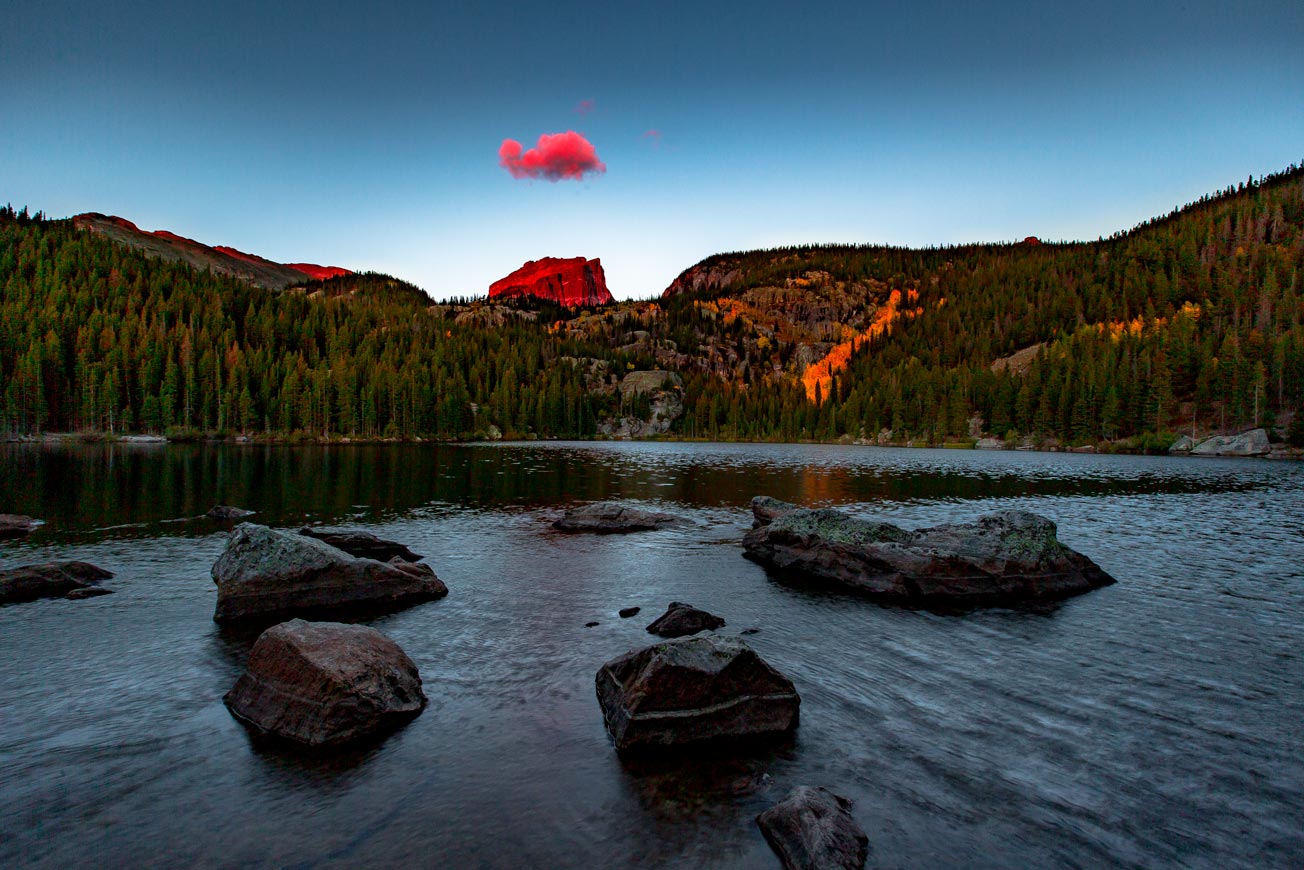
2. Catch a Sunrise at Bear Lake
Bear Lake is one of my favorite places in the park to see a sunrise. The way the first light of the day hits Flat Top Mountain and moves down towards Bear Lake is breathtaking.
I recommend getting to Bear Lake at least 30 minutes prior to sunrise as you’ll have to park your car and then hike somewhere between a tenth and a quarter of a mile to the lake (depending on where you park). Once at the lake it may take a little time to find the perfect spot to soak it all in!
RELATED: 15 EPIC Things to Do in ROCKY MOUNTAIN NATIONAL PARK (+ Photos)
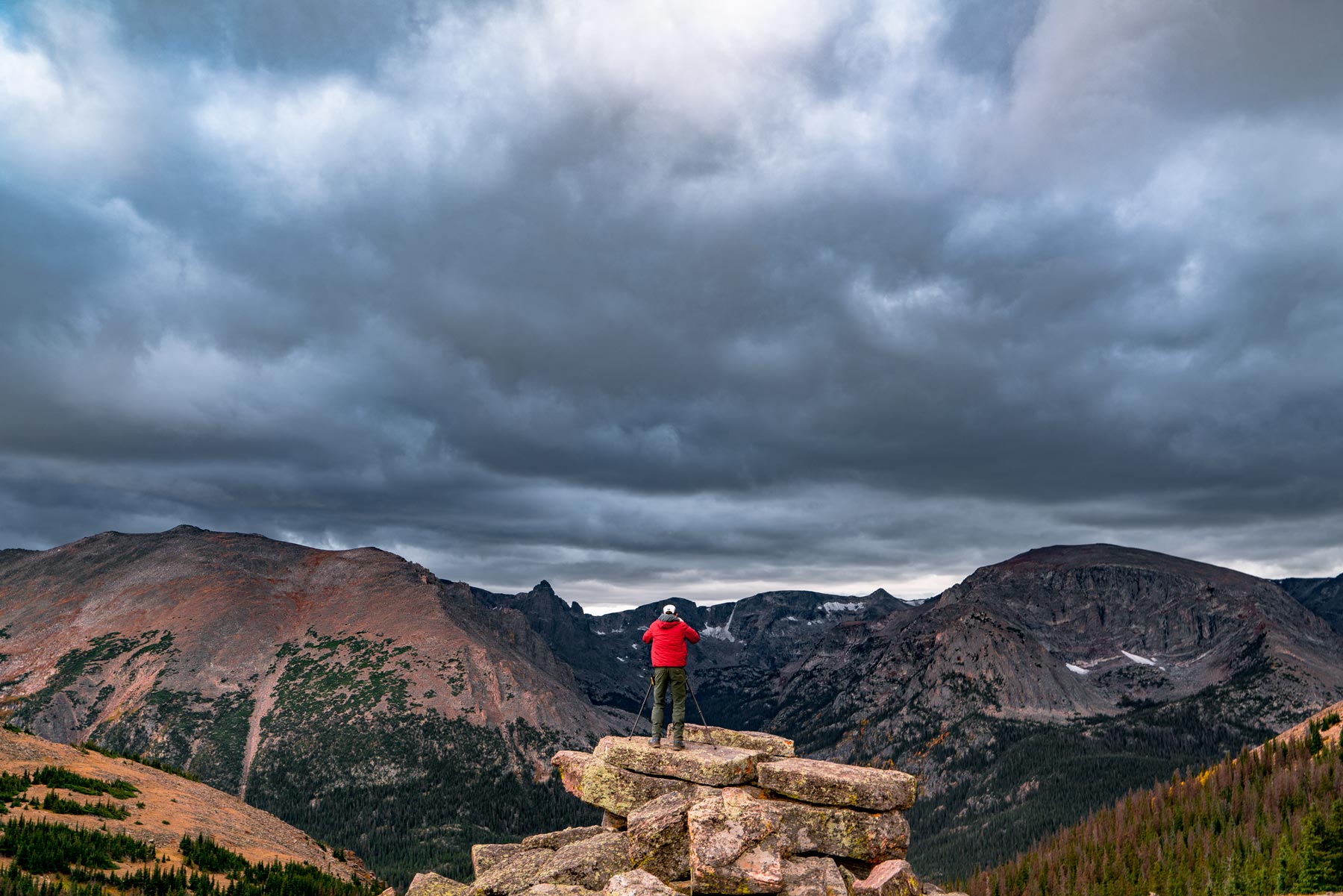
3. Soak in the Epic Views from Trail Ridge Road
Known as “the highway to the sky”, Trail Ridge Road is one of the greatest engineering feats in the entire national park system. The road is 48 miles long and reaches a peak elevation of over 12,000 feet! 11 of the road’s 48 miles are above the tree line at over 11,500 feet high.
Trail Ridge Road is one of the most breathtaking roads in the world. This road offers unparalleled, panoramic views of the Rocky Mountains which were are typically only available to the most adventurous backcountry backpackers.

While you’re up there I highly recommend you check out the Alpine Visitor Center where the park service has some great exhibits and refreshments.
NOTE: Trail Ridge Road is closed in winters so plan accordingly.
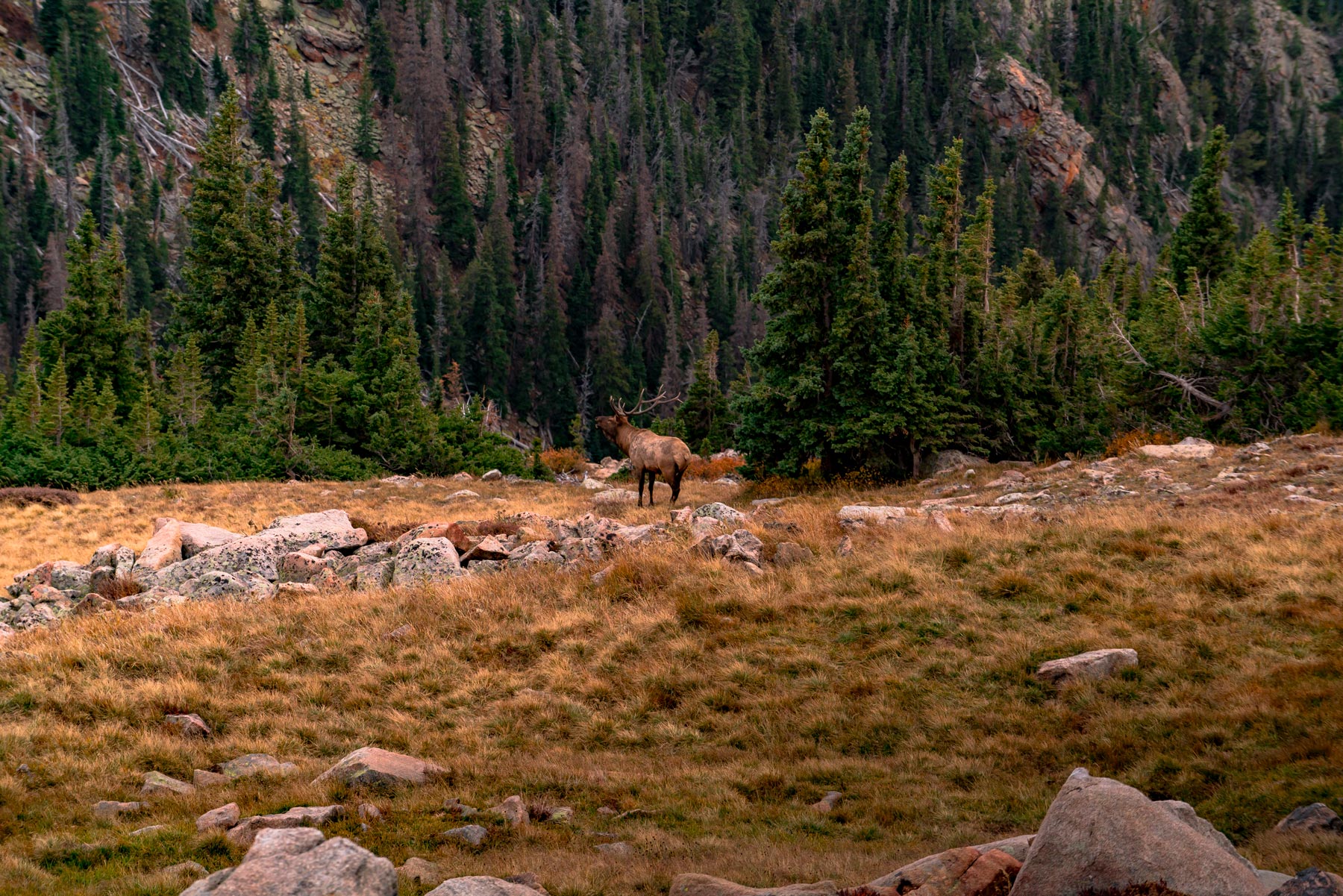
4. Observe the Majestic Elk, Rocky Mountain’s Most Prolific Animal
The first time I visited Rocky Mountain National Park the elk were so prolific I figured the mayor of Estes Park was probably of that species. While that turned out to not be the case, it is almost guaranteed you will catch a glimpse of this majestic animal in the park.
In the fall, you can witness and hear the park’s elk population perform their famous bugling calls during rutting season. The strange calls of these massive animal’s is really something to see!
Best Places to See Elk in Rocky Mountain National Park
- Moraine Park
- Trail Ridge Road
- Bear Lake Road
- Upper Beaver Meadows
- Horseshoe Park
- Kawuneeche Valley

5. Hike Longs Peak, the Tallest Point in Rocky Mountain National Park
The summit of Longs Peak is the highest point in Rocky Mountain National Park. Hiking to the top is one of the most difficult hikes in the park and also one of the most rewarding.
The trail is 14.8 miles out and back with over 5,000 feet of elevation gain. Hikers should start this hike early in the morning as it will take most of the daylight hours to get to the top and back down.
Distance: 14.8 miles
Elevation: 5,000 feet
Time: 8-10 hours
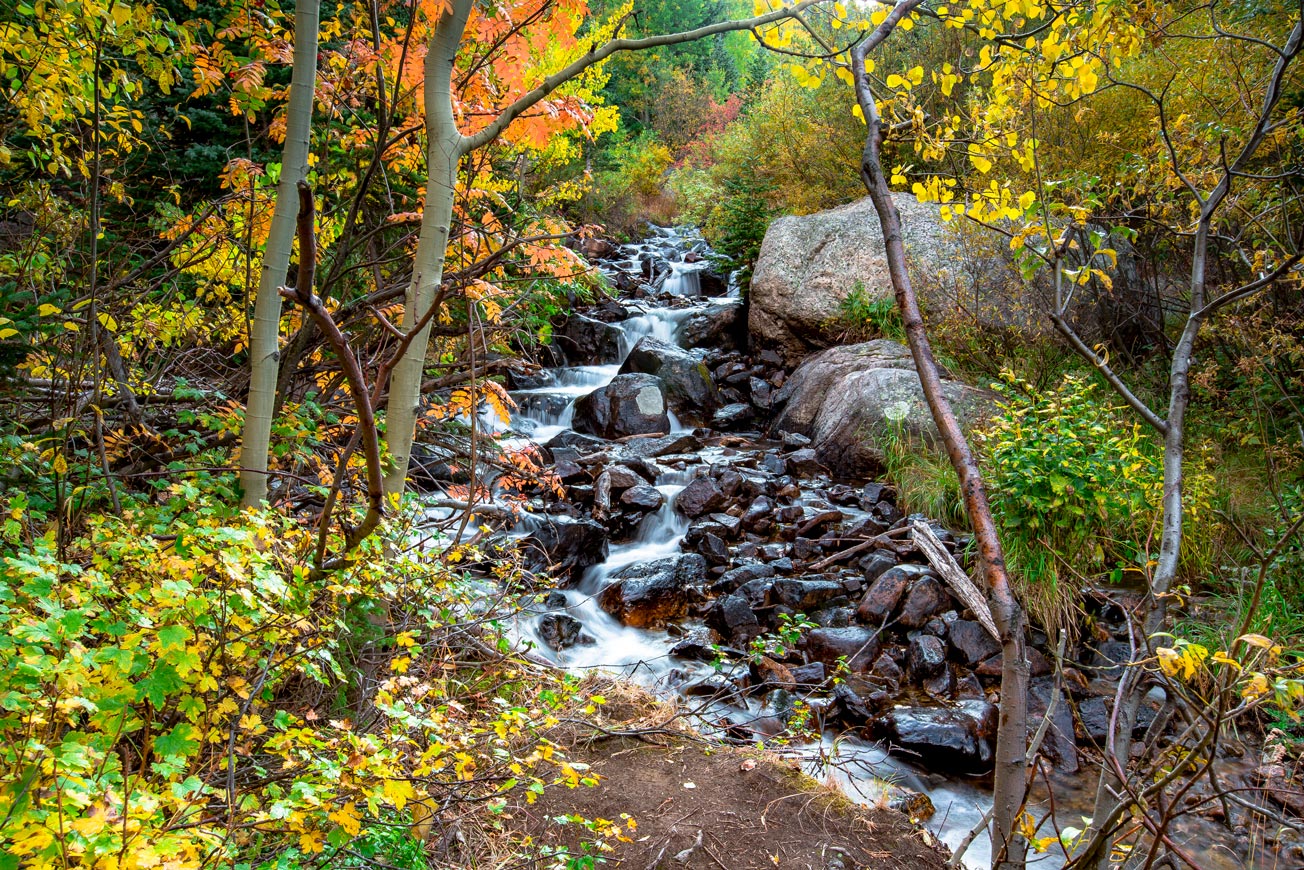
6. Take a Stroll Down the Boulder Brook Trail (especially in the fall)
One of my favorite hikes in the park, especially in the fall, is the Boulder Brook Trail. The trail itself is easy-going enough and features stunning fall foliage with a picturesque babbling creek. This out and back trail is almost never crowded and a great way to escape the crowds.

7. Camp Out Under the Stars at Moraine Park Campground
Rocky Mountain National Park, while not a designated dark sky park, is still one of the best places in Colorado for stargazing. On a clear night you can see unfathomable amounts of stars along with the milky way.
There are many great places throughout the park to soak in the night sky including the Moraine Park Campground.
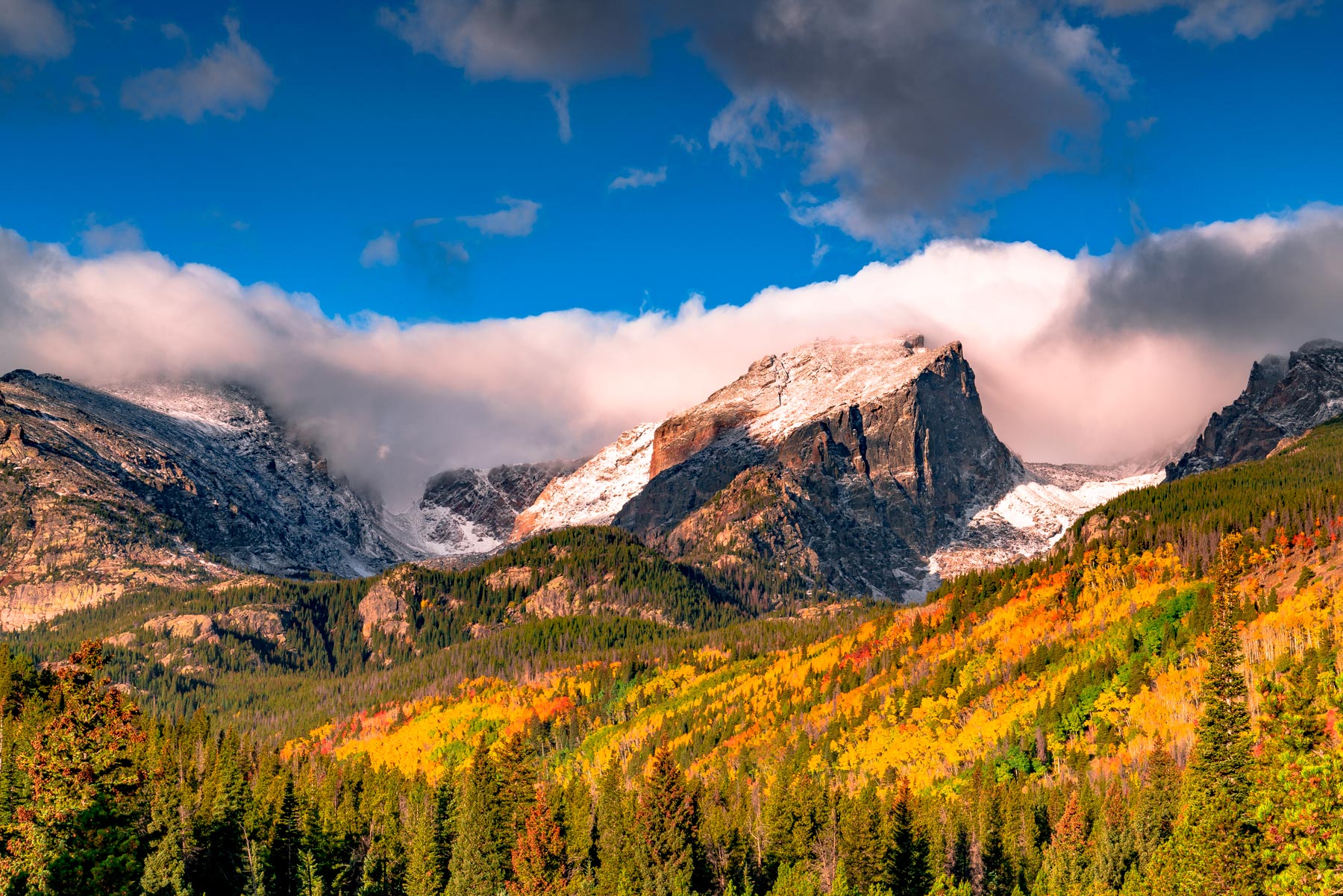
8. Experience the Beauty of Storm Pass
Storm Pass is my favorite places to visit to photograph Rocky Mountain National Park as you get a great look at so many of the components that make this park special. Flat Top mountain is the star of the show here with the surrounding forest in the Glacier Basin coming together to showcase the park at its finest.
This area is especially stunning in the fall when the foliage displays are exploding across the valley.
Where to Stay – Camping & Lodging
Camping
There are 5 campgrounds located within Rocky Mountain National Park with a total of 570 camp sites. That may sounds like a lot but in a park that sees close to a million tourists in it’s most popular months they book out fast.
Of these campgrounds the most popular are Moraine Park Campground and Glacier Basin. Both of these have great locations on the eastern side of the park.
My personal favorite campground is the Moraine Park Campground due it’s central location and beautiful sites.
Rocky Mountain National Park Campgrounds:
- Moraine Park Campground – 244 sites
- Glacier Basin Campground – 150 sites
- Timber Creek Campground – 98 sites
- Aspenglen Campground – 52 sites
- Longs Peak – 26 sites
For more camping information visit the NPS camping page.
Lodging
Surprisingly enough there are no official park lodges located within Rocky Mountain National Park. The two most popular places to stay when visiting the park are in the towns of Estes Park & Grand Lake.
I recommend booking a place in Estes Park as it’s located closer to the main park attractions and has all the creature comforts you could hope for.
Favorite Local Restaurant
Every time I visit Rocky Mountain National Park I look forward to visiting a small Nepalese restaurant located in Estes Park. For whatever reason this place really hits the spot every time!
Photo Gallery – Rocky Mountain National Park
Photos from the production of our Rocky Mountain National Park Film.
Nearby Attractions
- Arapaho & Roosevelt National Forests
- Estes Park Colorado
- The Stanley Hotel (filming location of The Shining)
- Medicine Bow-Routt National Forest
Summary | Leave Us a Comment!
That’s a wrap folks! Hopefully you feel like you’ve got a good handle on your next trip to Rocky Mountain National Park. Please leave me a comment below and let me know if you have any questions or comments. If we missed something, made a typo, or something else please let us know!
We plan on updating this post regularly to keep this information up to date for your next visit to the park. Hope to see you on the trails sometime soon!
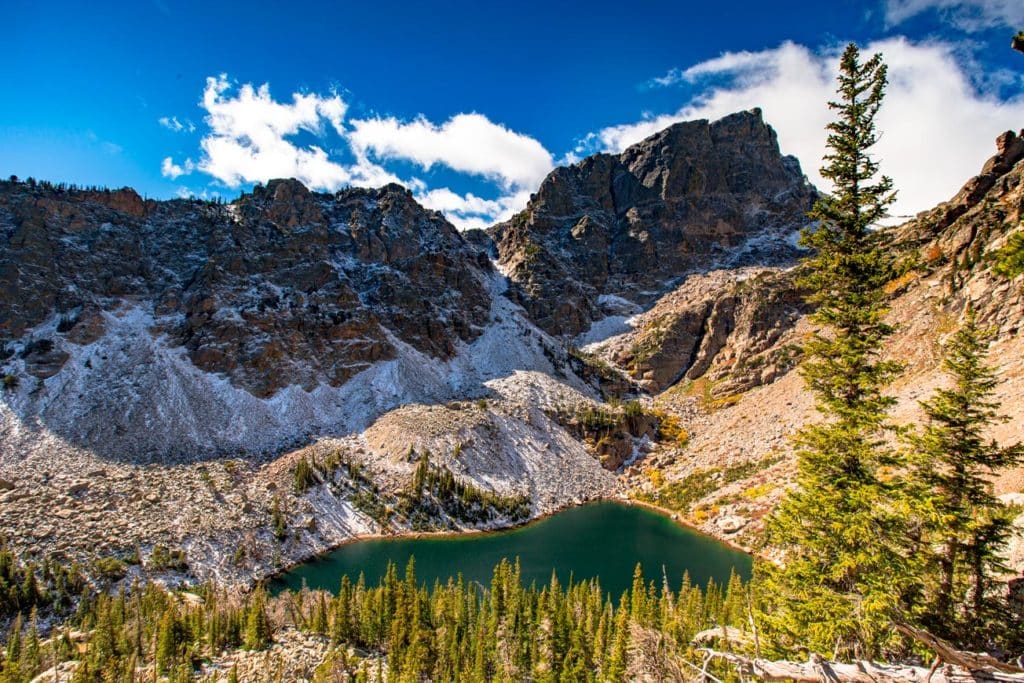

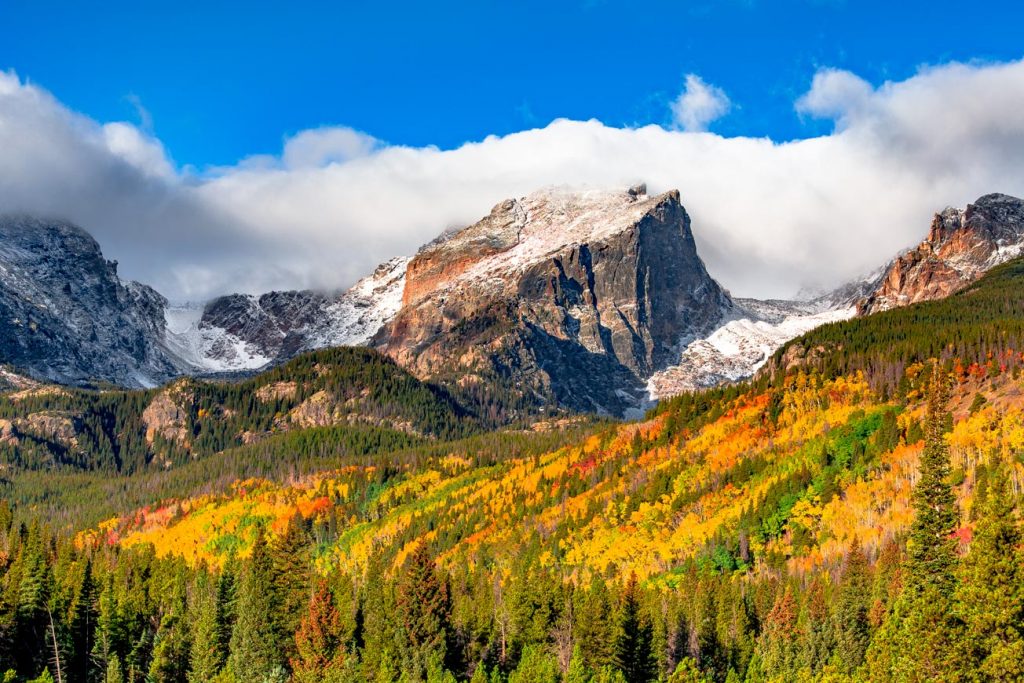
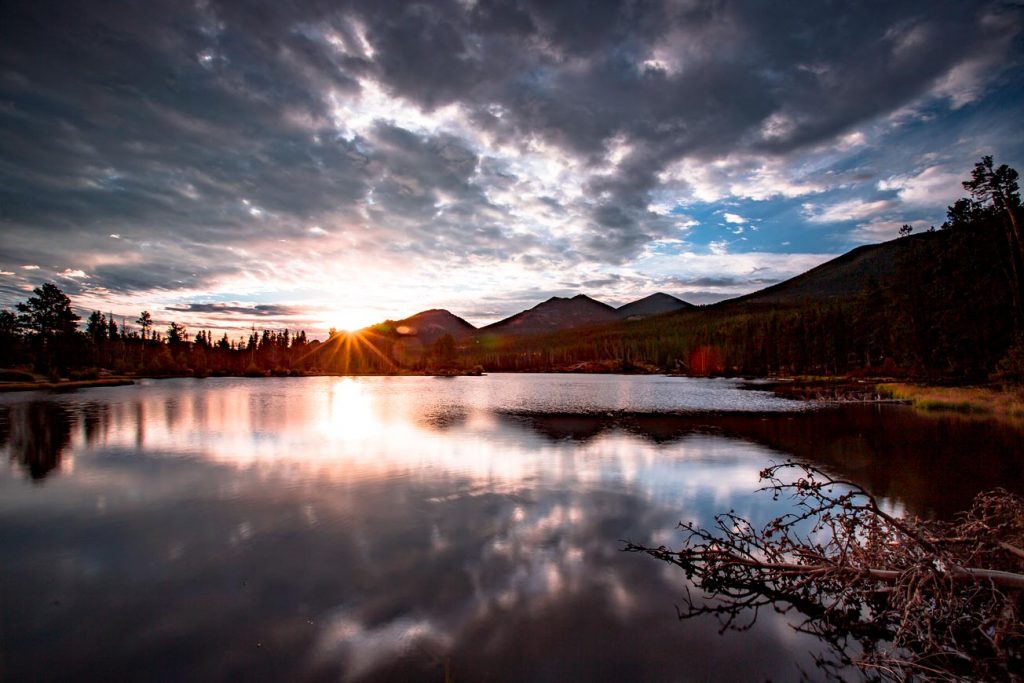
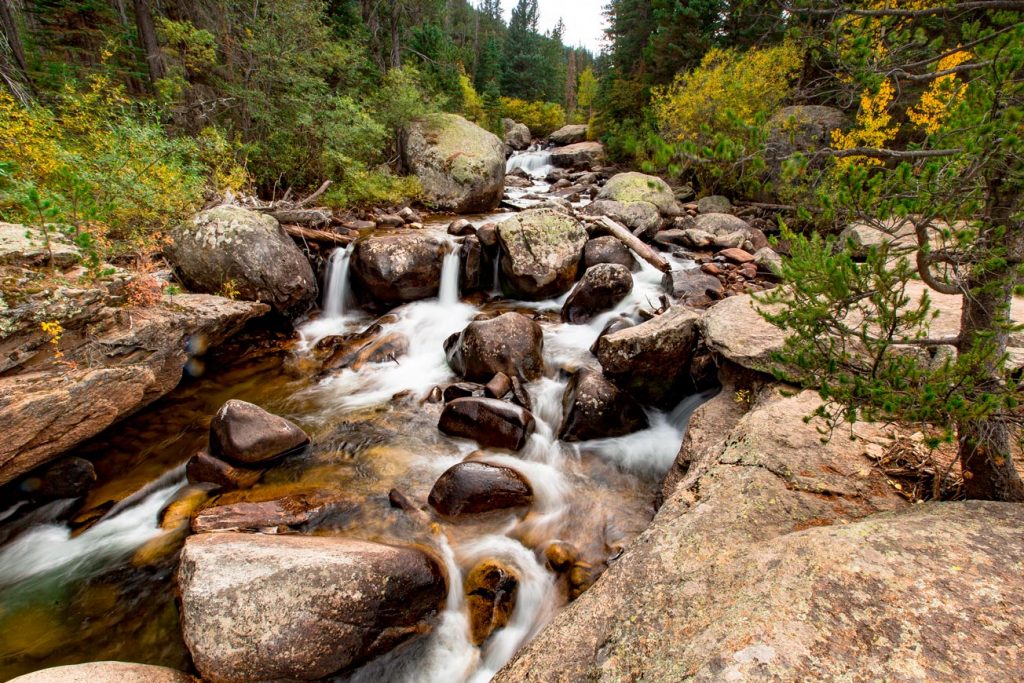
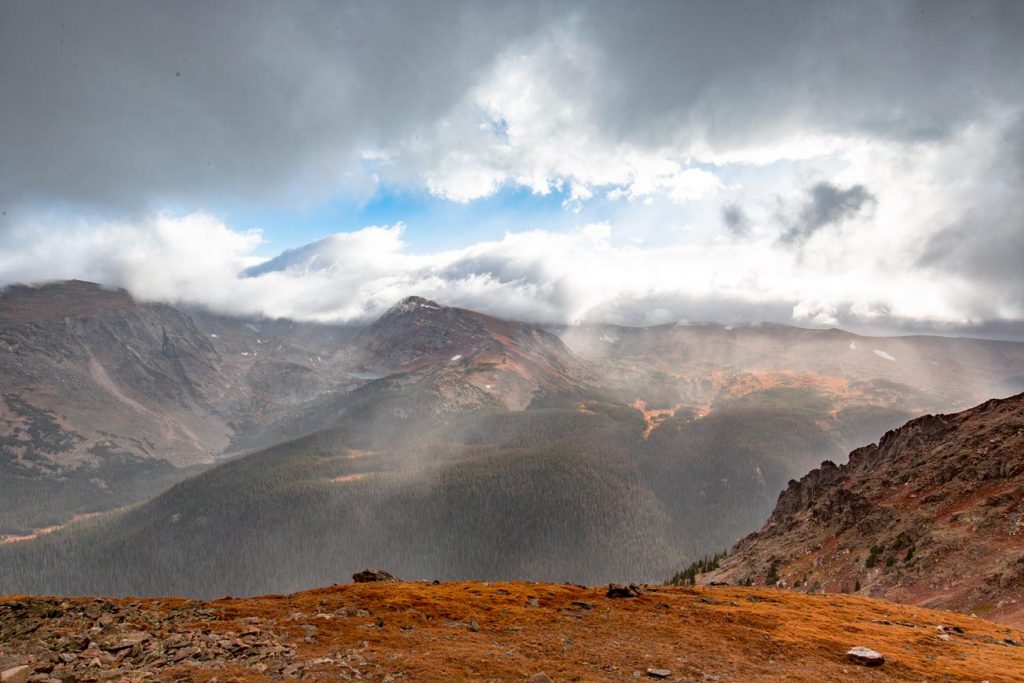

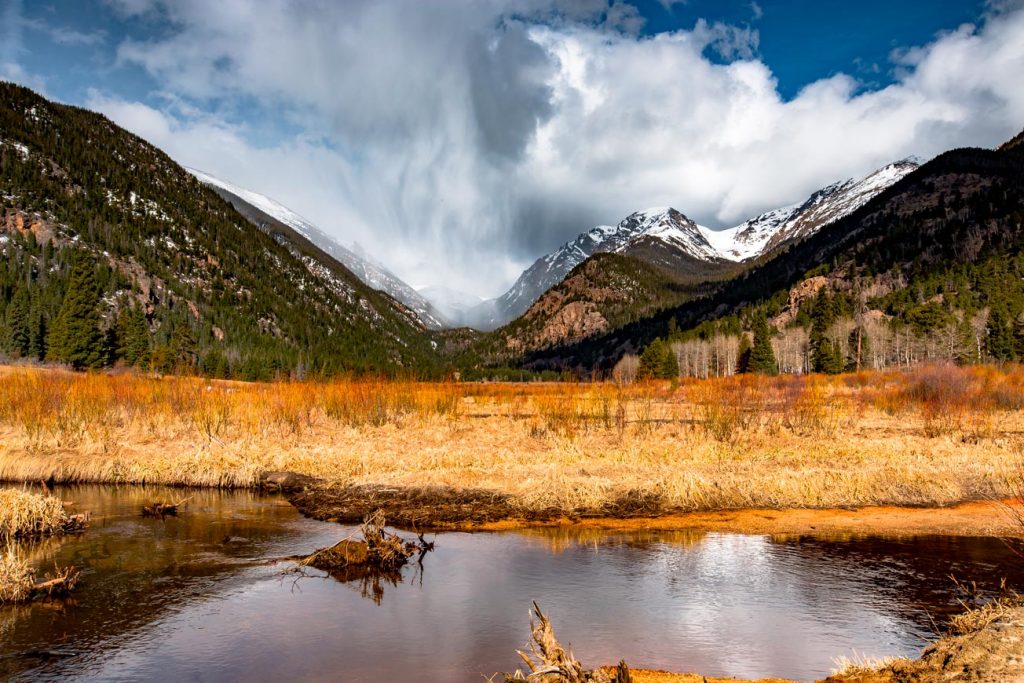
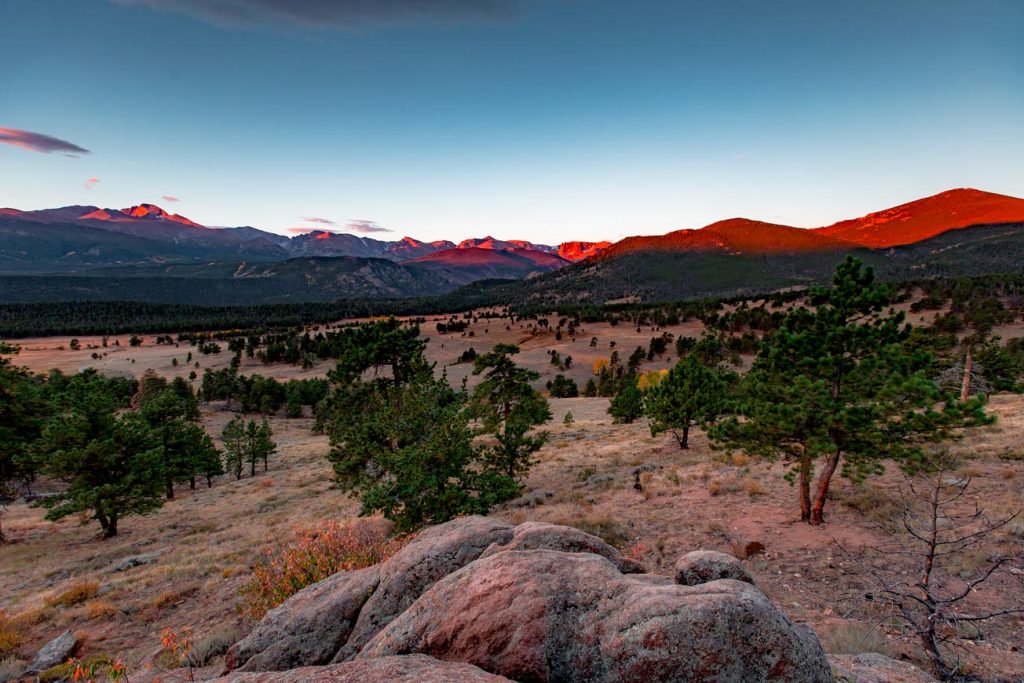
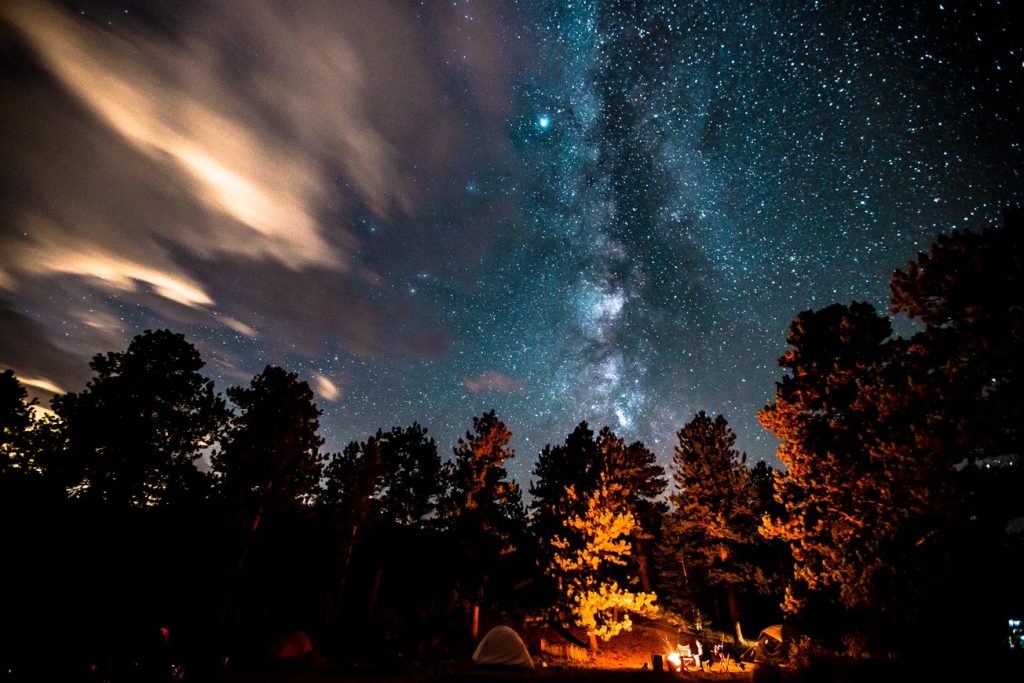
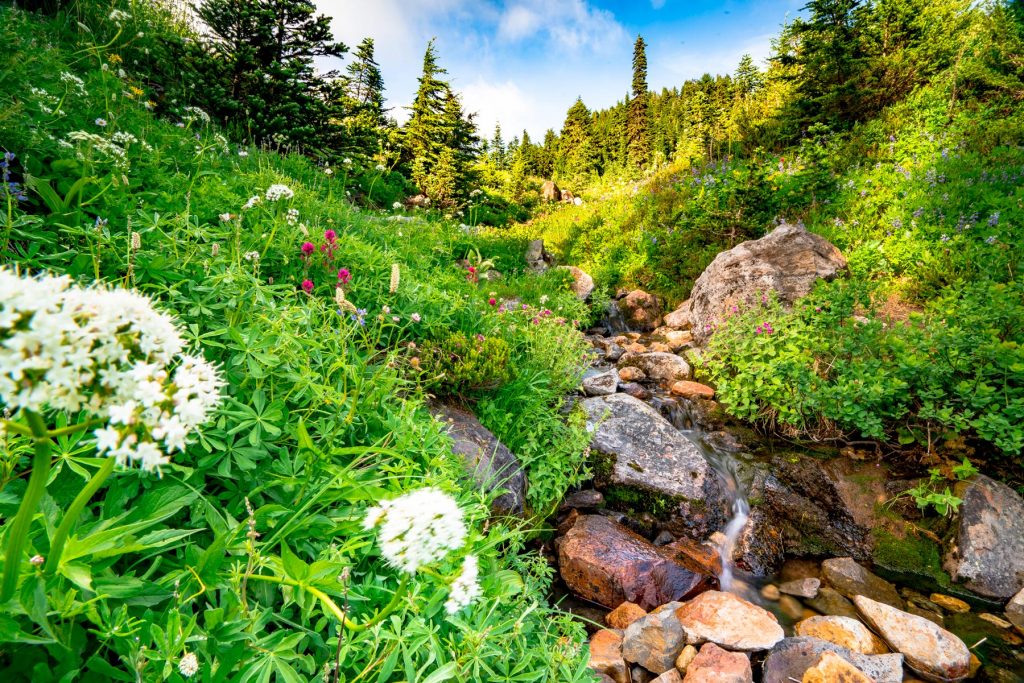
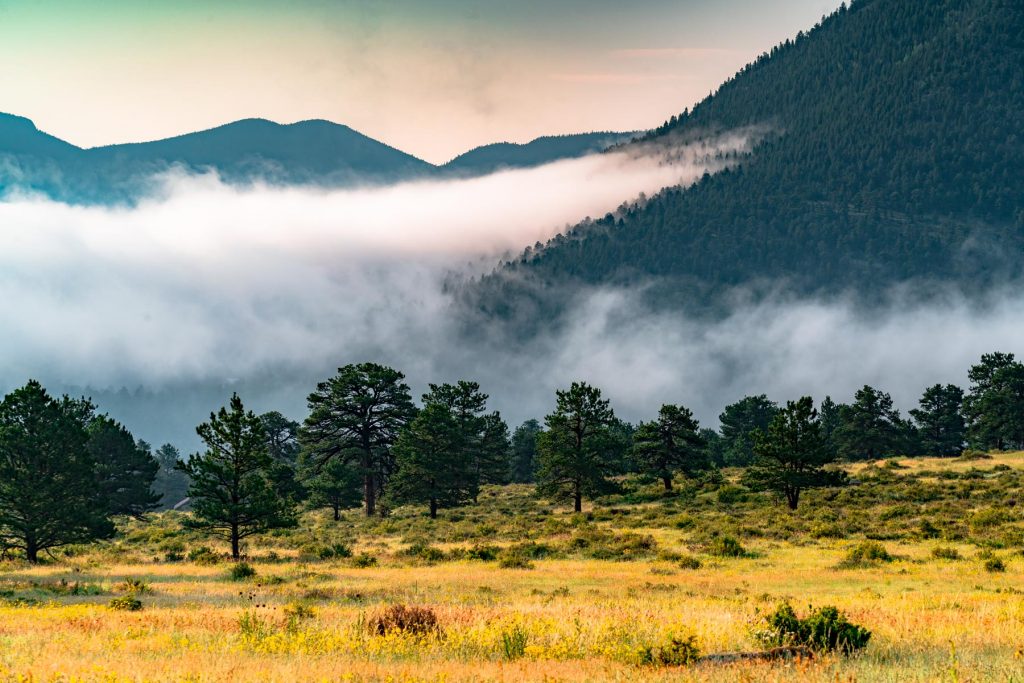

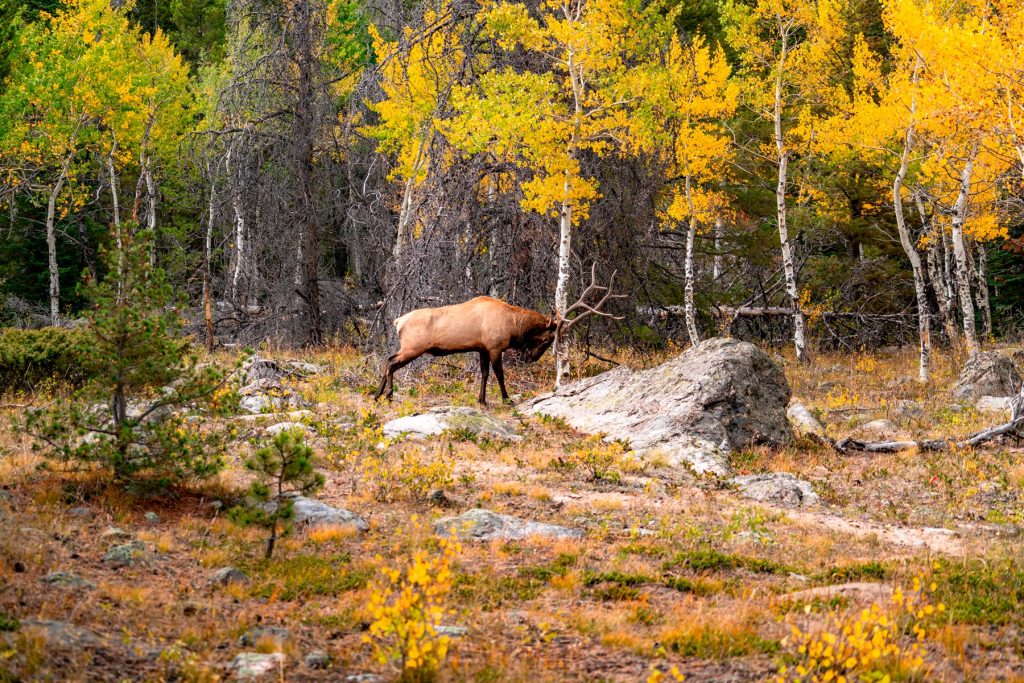
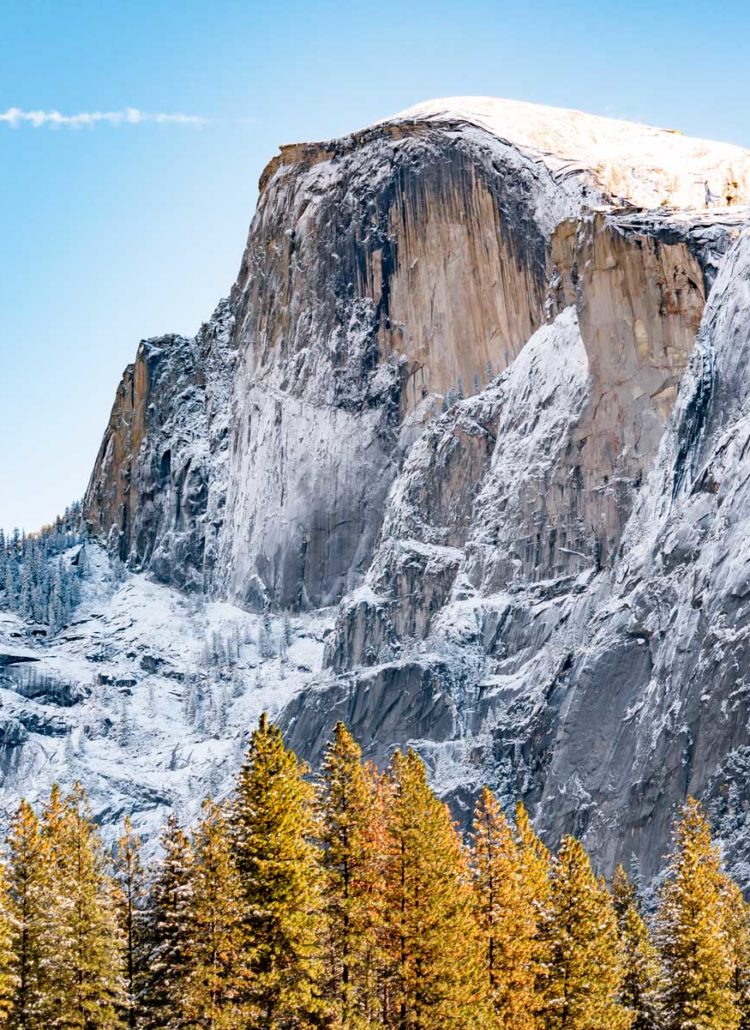

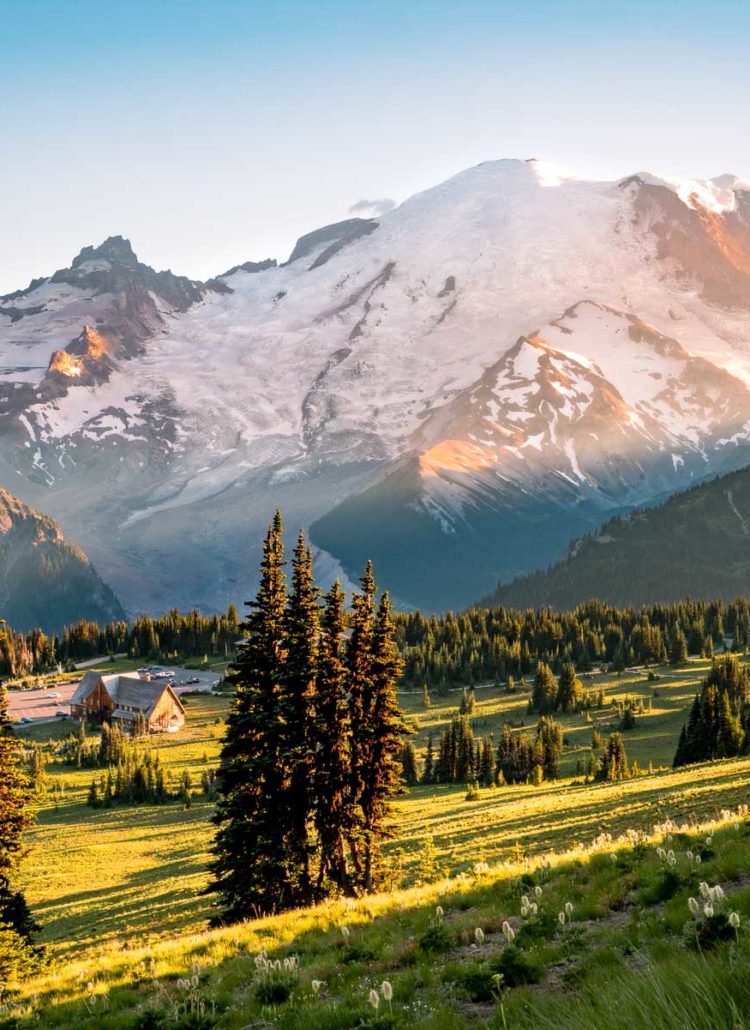


Please date your article. I have had a hard time to explain when this was published
Hi Mike,
Thanks for stopping in! We update this article regularly – see the last updated time in the top left corner of the page under the article title.
Let me know if you can see it and if that helps 🙂
Will